Light and Shadow: Crafting Depth in Interior Rendering
Part 1: Understanding the Play of Light
In the realm of interior rendering, a mesmerizing dance occurs every time you hit the render button. The interplay of light and shadow is a complex choreography that can transform a lifeless digital model into a vivid, immersive experience. In this article, we delve deep into the art of crafting depth in interior rendering, starting with the fundamental element: light.
Introduction
Interior rendering is a fascinating blend of art and science. It’s about bringing to life a designer’s vision in a digital realm, where every beam of light, every shadow, and every reflection is meticulously controlled. The ultimate goal is to create an image that showcases the design, evokes emotion, and tells a story. Studios like https://yousee.studio/ are at the forefront of this intricate process, merging technology with creativity to produce captivating visuals.
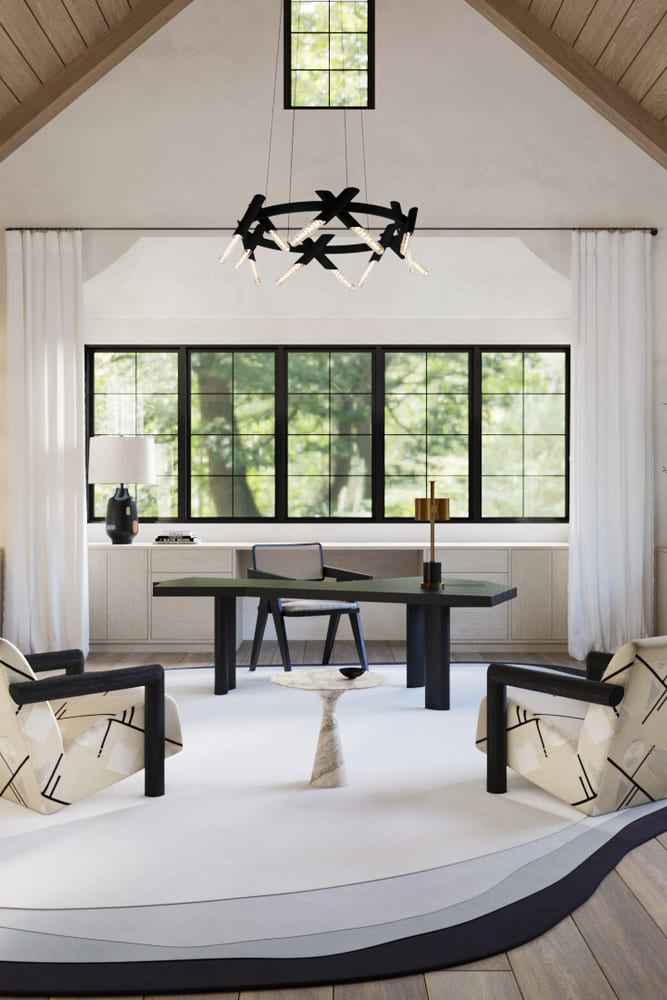
The Essence of Light
Light is the cornerstone of any rendering. It’s the brushstroke of a digital artist, the tool that sculpts the entire scene. Understanding light is akin to knowing the nuances of color in traditional painting. It’s about comprehending its properties, its behavior, and how it interacts with the surfaces it encounters.
- Types of Light
- Natural Light: The sun, the moon, and the sky.
- Artificial Light: Lamps, fixtures, and candles.
- Emissive Surfaces: Surfaces that emit light, like screens or fireplaces.
- Light Characteristics
- Intensity: How bright or dim the light is.
- Color Temperature: The warmth or coolness of the light.
- Direction: Where the light is coming from.
- Softness/Hardness: The diffuseness or sharpness of shadows.
The Play of Shadows
Where there’s light, there are shadows. Shadows are not just the absence of light but a crucial element of composition in rendering. They define edges, create depth, and add drama to the scene.
- Types of Shadows
- Cast Shadows: Created when an object blocks light.
- Form Shadows: Result from variations in the form of an object.
- Attached Shadows: Shadows that hug the object.
- Drop Shadows: Cast by objects onto other surfaces.
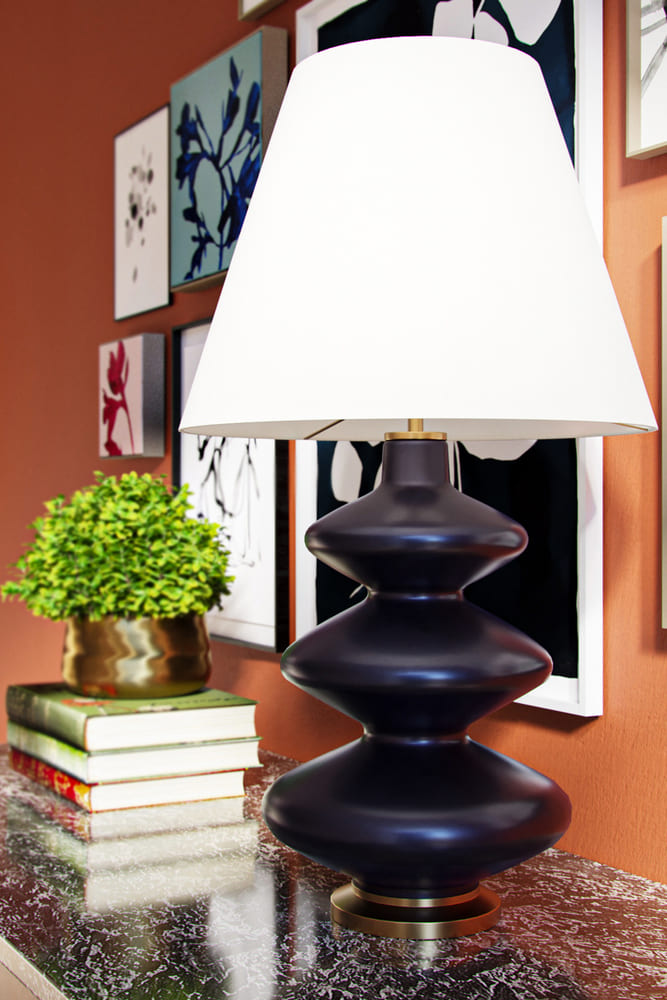
Controlling Light in Rendering Software
In the digital world, you have precise control over every aspect of light. Rendering software offers various tools to manipulate light sources, adjust their properties, and create specific lighting scenarios.
- Global Illumination (GI): A rendering technique that simulates how light bounces off surfaces and affects the overall illumination of a scene.
- HDR Lighting: High Dynamic Range images capture a wide range of lighting information, enabling realistic lighting setups.
- IES Profiles: Real-world light distribution data can be applied to light sources for accurate representation.
- Photometric Lights: These lights mimic the behavior of real-world light fixtures.
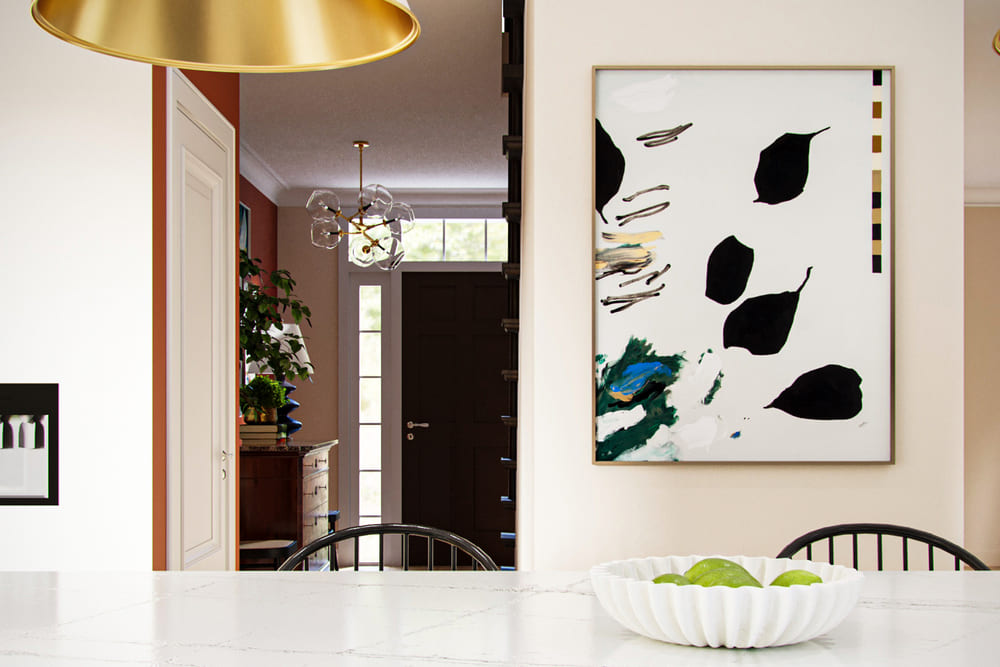
Creating an Atmosphere with Lighting
Light doesn’t just illuminate; it sets the mood. In interior rendering, the choice of lighting can profoundly affect the atmosphere of the space. For example, warm, soft lighting can create a cozy, inviting ambiance, while cold, harsh lighting can convey a clinical, modern feel.
- The Role of Color Temperature: Warm light (yellowish) vs. cool light (bluish).
- Emphasizing Features: Using accent lighting to highlight specific elements.
- Time of Day: Simulating daylight, dusk, or night scenes.
Part 2: The Art of Materiality and Composition
The Weight of Materials
Materials are the skin of your design. They define surfaces, determine how light interacts with them, and convey the tactile qualities of your rendering space.
- Material Properties
- Reflectance: How much light a material reflects.
- Transmittance: The extent to which light passes through a material.
- Texture: Surface patterns that influence how light scatters.
- Bump and Normal Maps: Simulating surface relief.
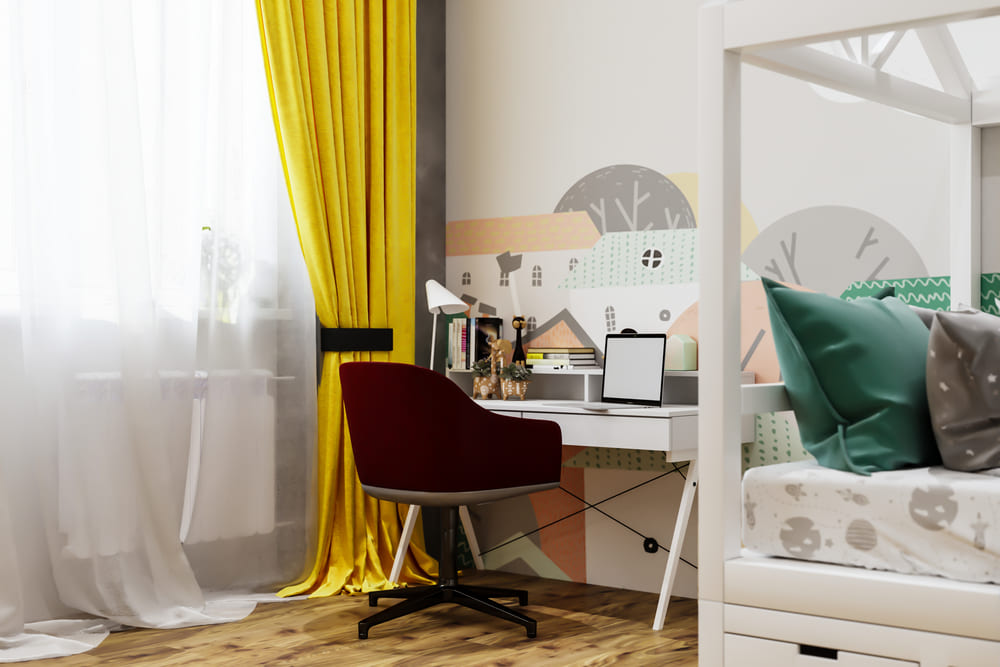
The Alchemy of Realism
Achieving photorealism in interior rendering often hinges on replicating real-world materials convincingly. This involves meticulous attention to detail and the use of sophisticated software tools.
- Material Libraries: Extensive collections of pre-made materials for various applications.
- Texture Mapping: Wrapping 2D textures around 3D objects for realistic surface appearance.
- Physically-Based Rendering (PBR): A method that accurately simulates the interaction between light and materials.
Composition: The Artistic Touch
Composition is where science meets art in interior rendering. It’s about arranging elements within the frame to create balance, harmony, and visual interest.
- Rule of Thirds: Dividing the frame into thirds both horizontally and vertically to guide placement.
- Leading Lines: Using lines to lead the viewer’s eye to a focal point.
- Framing: Using elements within the scene to create a frame around the subject.
- Scale and Proportion: Ensuring objects have a realistic size relative to each other.
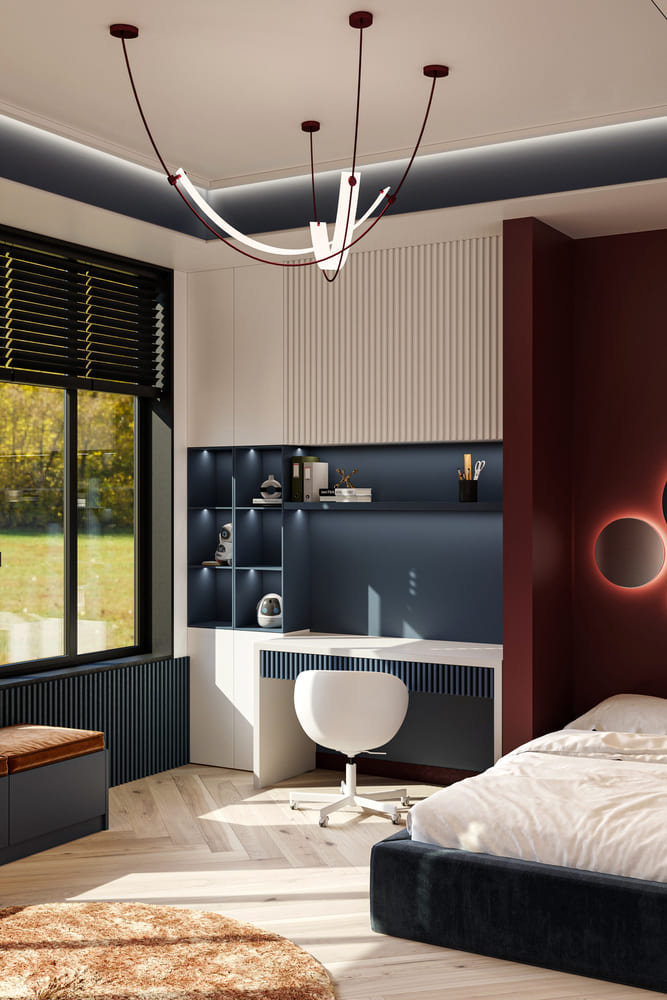
The Narrative of Space
Composition goes beyond aesthetics; it’s a storytelling tool. How you arrange objects within the scene can convey a narrative, guiding the viewer through the space.
- Telling a Story: Create a sense of purpose and functionality in the scene.
- Human Element: Add people to the render to evoke a sense of scale and activity.
- Emotion and Mood: Use composition to elicit specific emotions from viewers.
The Crucial Role of Post-Processing
While much can be achieved within rendering software, post-processing is the final polish that can make or break a render.
- Color Grading: Adjusting colors to achieve a desired mood.
- Depth of Field (DOF): Simulating the blurriness of objects outside the focal point.
- Lens Effects: Adding lens flares, light leaks, and other effects for realism.
The Power of Textures in Materials
Textures are a subset of materials but deserve special attention. They contribute significantly to the tactile perception of a space.
- Texture Mapping Techniques: From basic UV mapping to advanced tri-planar mapping.
- PBR Texture Workflow: Utilizing albedo, normal, roughness, and metallic maps for accurate material representation.
Conclusion
In crafting depth in interior rendering, light, shadow, materials, and composition are your tools of expression. Mastery of these elements enables you to create digital spaces that impress and resonate with viewers on a visceral level. By understanding the interplay between these facets, you embark on a creative journey that transforms your designs into immersive, lifelike experiences.






